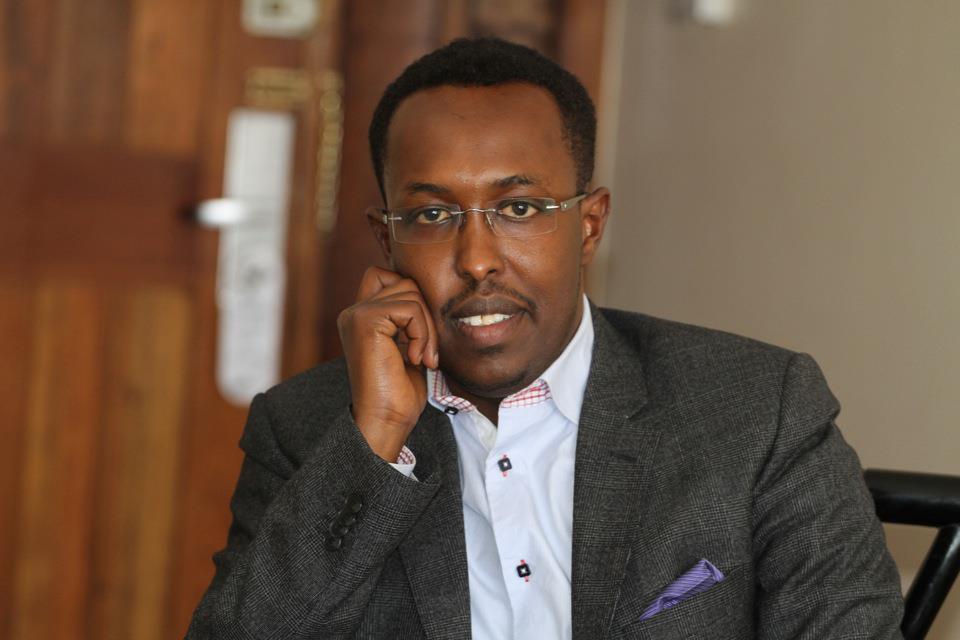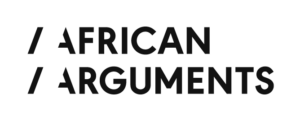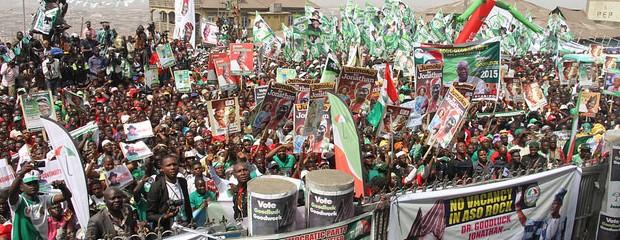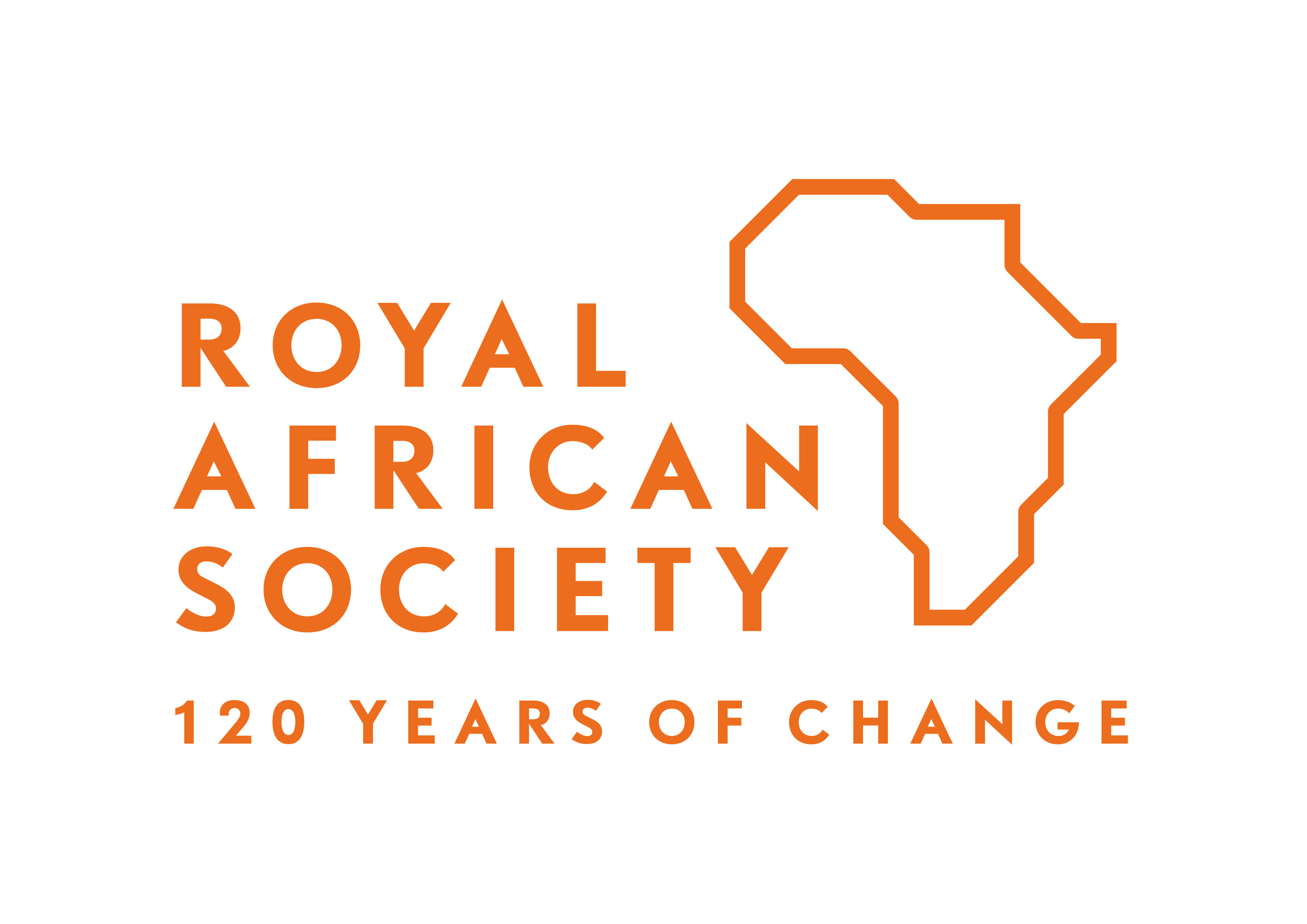Somalia: government must downsize its vision over democracy project and Vision2016 – By Abdihakim Ainte

 This week the Somali government and its international donors are coming together in Brussels under the rubric of “˜The New Deal’ vision. This will set in motion a massive amount of money and machinery required for reconstructing and rebuilding the country. In case you are unfamiliar with The New Deal, it is a new global framework that allows fragile countries (a list which Somalia tops) to decide “˜own’ their fate, build confidence and prepare for a responsible transition to democracy.
This week the Somali government and its international donors are coming together in Brussels under the rubric of “˜The New Deal’ vision. This will set in motion a massive amount of money and machinery required for reconstructing and rebuilding the country. In case you are unfamiliar with The New Deal, it is a new global framework that allows fragile countries (a list which Somalia tops) to decide “˜own’ their fate, build confidence and prepare for a responsible transition to democracy.
Last week, the Somali Federal Government, for its part, organized a preliminarily conference in Mogadishu in which it gathered legislators, civil society organizations, diaspora representatives, academics, and regional authorities. The goal of the conference was to debate the future of the country beyond 2016 under the title of the Transition to Democracy Vision. In the absence of a framework on transition to democracy, delegates offered sketchy and rather casual recommendations to “˜transform’ Somalia.
At the end of the conference, delegates agreed on a national vision, dubbed “˜Vision 2016: Transitioning towards Democracy.’
At the heart of this is a vision is to transform Somalia into a functional democracy based on an independent one man-one-vote election – a sort of Jeffersonian representative democracy – to take place in 2016.
But as with every “˜vision’, the question is how you can turn it into a realistic plan?
The short answer lies in understanding the gap between the vision being outlined by the delegates and the means available to achieve its goals. Looking ahead, the means available are substantially less than what the delegates had hoped to achieve at the conference.
But that does not mean the vision is inevitably doomed. Going forward, there are some signs of optimism such as the 1-million-children-going-2-school initiative, the modicum of stability, the return of investment and the renewed interest from the international community.
But there are equally, if not more, graver signs that could potentially threaten and undermine such optimism.
State of the Government – and the Country
For starters, the government’s own survival depends on 17,000 fully armed African-led peacekeeping troops – operationally known as AMISOM – comprised by a battalion from Uganda, Burundi, Djibouti and Sierra Leone.
Additionally, its own national troops – roughly 18,000 – are grossly underpaid, poorly trained, lack organizational coherence and function largely as ethnic and private militiamen, rather than a national, unified, disciplined army. It’s no secret that some elements of its national troops frequently engage in rape and other forms of sexual harassment, extortion, kidnapping and are often complicit in insider attacks.
In addition, its logistical infrastructure – things like airpower, medevac, aerial surveillance, equipment and even things as basic as troop sustenance – are almost all nonexistent.
To top it off, the bulk of Somalia’s citizens have either little faith in the legitimacy of government institutions, or are deeply dissatisfied with government’s inability to provide basic services, questioning its legitimacy beyond Mogadishu.
Moreover, it has only a few donor-imposed and donor-financed institutions, chiefly the Ministry of Interior, the Ministry of Defense, and the National Intelligence Agency. As one scholar recently put it at the national de-radicalization conference in Mogadishu: “Still Al-Shabaab has the monopoly of fear” – able to kill people almost at will, even assassinating government officials. As a result it has become the only truly feared institution in the country.
The government doesn’t have the legitimate means to control the violence in its own backyard – Mogadishu – let alone in the rest of the country.
Secondly, insecurity remains a massive problem and still the biggest challenge hampering future planning – whether this is “˜Vison2016′ or the President’s six pillar nation-building strategy.
In the days leading up to the conference, al-Shabaab carried out a deadly suicide attack at a local restaurant just a block away from the presidential place, leaving a death toll of more than 20 people and injuring two journalists. Even more worryingly, two major humanitarian organizations – including MSF – have completely withdrawn from the country.
While significant progress has been made on the security front over the course of the year, the campaign against al-Shabaab has become somewhat muted, allowing it to regroup and strike back with a more lethal form of asymmetrical warfare. Furthermore, the government’s strategy against al-Shabaab appears to be as follows: Whenever the group stages an attack they respond with roadblocks, sweeping home-searches and detain dozen of youths, boxing themselves into a defensive position.
The absence of a national strategy on the part of the government and the lack of coherent coordination among its international partners has provided al-Shabaab an opportunity to re-emerge and infiltrate government institutions.
Thirdly, key government branches – legislative, judiciary and ministries – are institutionally weak and unable to carry out reforms or support “˜Vision2016.’ These institutions are often advanced patronage networks, fueling corruption and cronyism at the national and local level. Worst yet, there is no electoral infrastructure in place and political parties are utterly absent.
Fourthly, trust between government and regional administrations has eroded due to the constitutional crisis, lack of confidence and clan enmity. Although the government has attempted to reach regional authorities, it has not defined an inclusive strategy that accommodates regional administrations, prompting some regions to cut ties with government unilaterally and others are threatening to follow.
Moreover, this highly centralized authority, governing vertically from Mogadishu, complicates efforts to reconcile and reach out to the competing regional administrations and, as result, fuels the hostile atmosphere.
Fifth, and perhaps most critically, the government faces huge economic challenges. For more than three decades the country has been almost exclusively dependent on outside assistance and diaspora remittances. Furthermore, the government has been unable to generate local revenue to cover its budgetary sheets and the private sector operates in an unregulated and un-taxed market. A recent UN commission study finds massive corruption and misappropriation of public funds at the government level and accused government officials of theft and public embezzlement.
Maintaining Fragile Gains
While it would be foolish to paint a picture of an existing democracy project in Somalia, it would be equally foolish not to envision one. And the government deserves huge credit for taking the initiative and setting the wheels in motion.
But rather than standing behind the vision and cajoling donors in Brussels, the administration needs to downsize its ambition and start debating a realistic course of action.
That should start with a debate on how to sustain and strengthen the fragile gains that government and its international partners have achieved over the last years – creating an environment in which those gains can take root and hold firmly.
Dropping a liberal democracy into a country that lacks experience of rule of law, constitutional constraints and a system of governance, and expecting it to take it root, is unrealistic. Keeping that in mind, Somalia’s donors need to abandon their zealous attempts to create a democracy out of the Somali political system.
Rapid projects that attempt to make a transition towards democracy in fragile situations like Somalia are perilous and very expensive. More modest, fully developed, short-term projects like stabilization or building a coherent framework for this are what is needed.
Maybe the next conference’s title should be: “How to strengthen and sustain the gains achieved?”
Abdihakim Ainte is Somali political commentator. He tweets @Abdikhakim







[…] This week the Somali government and its international donors are coming together in Brussels under the rubric of ‘The New Deal’ vision. […]
[…] https://africanarguments.org/2013/09/16/somalia-government-must-downsize-its-vision-over-democracy-pr… […]
Well done Abdihakim, The endorsement is that the Somali government will use that money for Human Development and Public Services of the Federal Government of Somalia on the socio-economic re-construction and development priorities of the Compact as well as rebuilding forces.